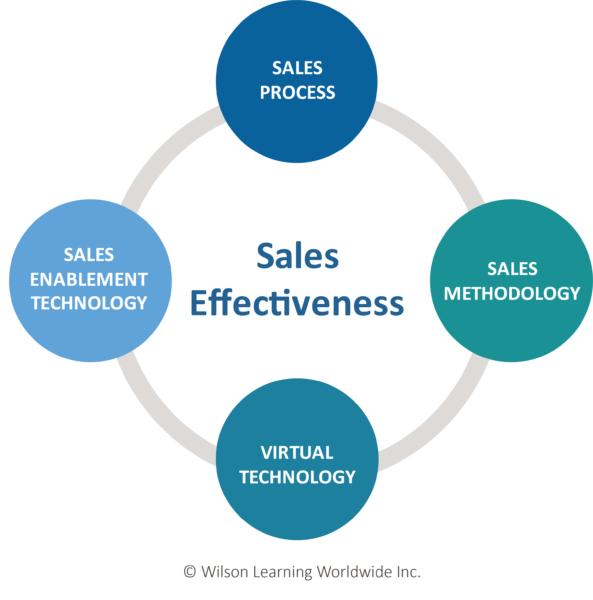Leading from a Distance 6 Leadership Strategies Managers Need to Know
In the process, offices have been closed, divisions and departments merged, employees dispersed, and leaders challenged to manage wider spans of control—often covering multiple locations. In the changed global business landscape, gaining competitive advantage will depend in part on the ability of business units, divisions, and functional departments to collaborate successfully across a whole new set of boundaries.
Collaboration, however, does not necessarily occur without thought or effort, even among people separated only by a floor or a cubicle wall. Teams, the workhorse units of the organization, are increasingly “virtual,” consisting of people working across space, time zones, and often cultural boundaries. As virtual teams become more and more a reality for growing numbers of people, leading them effectively is critical for companies wishing to exploit the opportunities for achieving high-priority business goals.
“”Effective coaching is a challenge for most managers, but especially so when they lack the opportunity to observe their team members carrying out tasks and interacting on a regular basis.
Article Written By Carl Eidson, PhD
Carl Eidson, PhD, is Vice President of Business Development for Wilson Learning. Dr. Eidson leads and coaches a virtual team of over 100 independent distributors stretching from Toronto to Bogotá and works extensively with clients. Dr. Eidson has coauthored articles on selecting top talent published in scholarly journals, including Journal of Applied Psychology, Human Performance, International Journal of Selection and Assessment, and Journal of Business and Psychology. He has also authored and coauthored articles on leadership, sales, virtual teams, and employee engagement in industry publications including CIO, Training magazine, and Sales Pro Magazine. Dr. Eidson is a frequent speaker at professional conferences on the topic of learning transfer and human performance improvement research and practices.
